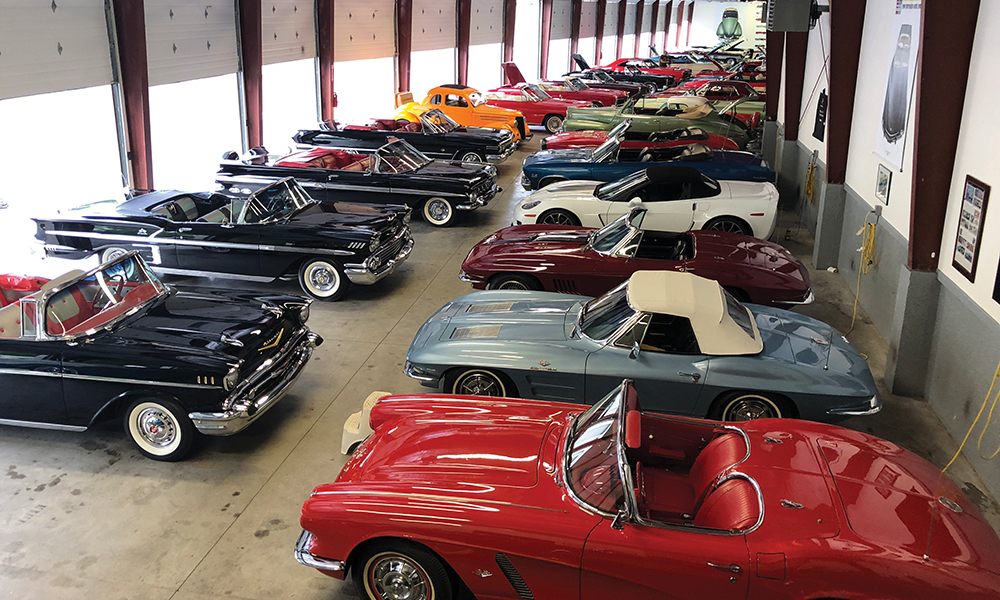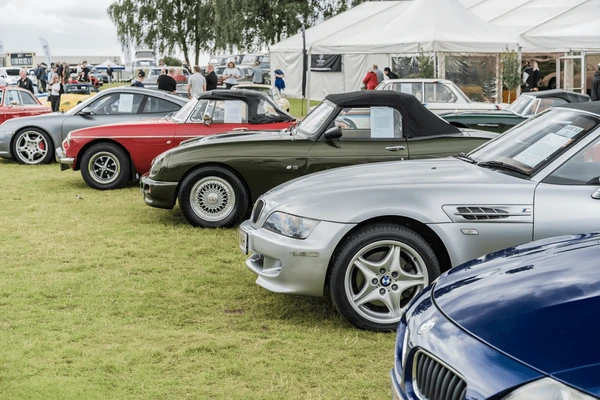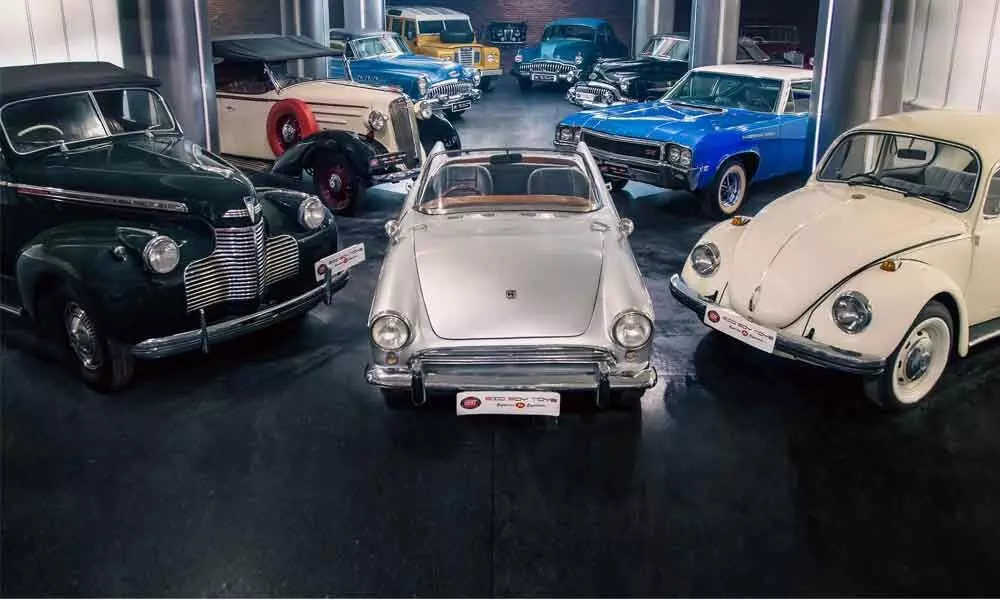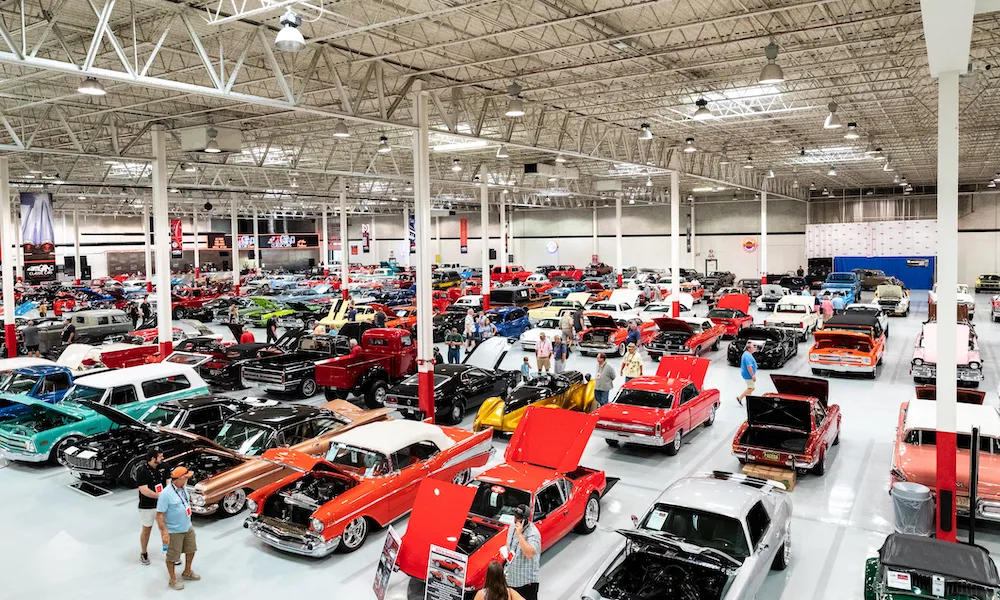Classic car auctions are treasure troves for automobile enthusiasts and collectors alike. However, finding a hidden gem—a valuable car that others might overlook—requires keen observation, research, and a strategic approach. Whether you’re a seasoned collector or a first-time buyer, understanding the nuances of spotting these treasures can turn your auction experience into a rewarding investment.
What Are Hidden Gems in Classic Car Auctions?
A hidden gem in a classic car auction refers to a vehicle with significant potential value, historical importance, or rarity that might not be immediately obvious. These cars often go underappreciated due to factors such as minor cosmetic flaws, limited public knowledge about their worth, or being overshadowed by more popular models.
Research Is Key
Study the Auction Catalog
Before attending an auction, thoroughly review the catalog. These catalogs provide detailed descriptions, specifications, and photographs of the vehicles on offer. Pay attention to:
- Model and year: Rare production years can increase a car’s value.
- Special editions: Limited editions or models with unique features are often undervalued.
- Condition: Assess whether any listed imperfections are easily repairable.
Know the Market Value
Understanding the market value of specific models is essential. Research recent auction results and online classic car forums to determine what similar vehicles have sold for. This knowledge will help you identify undervalued cars and set a bidding limit.
Learn the Vehicle’s History
A car’s history can significantly impact its value. Look for:
- Provenance: Ownership by notable individuals or participation in historic events.
- Documentation: Service records, restoration history, and original paperwork.
- Matching numbers: Verify that the chassis, engine, and transmission numbers align with the manufacturer’s records.
What to Look for During Inspection
Inspect the Exterior
Examine the car’s bodywork for signs of damage, rust, or poor restoration. Minor cosmetic flaws can be easily fixed, but structural issues may require expensive repairs. Look for:
- Original paint: A car with its original paint often holds more value.
- Authentic parts: Verify that badges, trim, and other details are original or period-correct.
Check the Interior
Inspect the condition of the upholstery, dashboard, and other interior components. Original interiors in good condition add to a car’s authenticity and value. Beware of poorly executed restorations that detract from the car’s originality.
Evaluate the Mechanical Condition
Start the car, if possible, and listen for unusual noises. Check for oil leaks, suspension wear, and engine functionality. While many classic cars require some mechanical work, extensive repairs can quickly escalate costs.
Spotting Hidden Value
Look Beyond the Popular Models
Highly sought-after models often attract significant attention and bidding wars. Instead, consider lesser-known models from the same manufacturer. These cars may share similar design and engineering but come at a fraction of the cost.
Identify Future Trends
Classic car values fluctuate based on market trends. Predicting future demand can help you spot undervalued vehicles. For example, younger collectors might start favoring cars from the 1980s and 1990s, making now the ideal time to invest in these models.
Focus on Rarity
Limited production runs or models with unique features often hold more value. Research production numbers and consider whether the car has features that make it stand out, such as rare color options or factory-installed upgrades.
Bidding Strategies
Set a Budget
Establish a maximum budget before the auction begins. Stick to it, even if you’re tempted to bid higher during the excitement.
Bid Strategically
Avoid bidding early; instead, wait until the later stages to gauge the competition. Be confident but not overly aggressive, as this can drive up prices unnecessarily.
Be Prepared to Walk Away
If the price exceeds your budget or the car’s perceived value, walk away. Other opportunities will arise, and patience often pays off in the world of classic car auctions.
Closing the Deal
Verify the Title and Documentation
Before finalizing your purchase, ensure the car comes with a clean title and complete documentation. Missing paperwork can complicate ownership and future resale.
Arrange Transportation and Storage
Classic cars require proper transportation and storage to maintain their condition. Plan for enclosed transport and a climate-controlled storage space.
Conclusion
Finding hidden gems at classic car auctions requires a mix of research, sharp observation, and strategic bidding. By focusing on overlooked models, understanding market trends, and carefully inspecting potential purchases, you can uncover valuable cars that others might miss. With patience and preparation, you can turn your auction experience into both a passion project and a smart investment.





